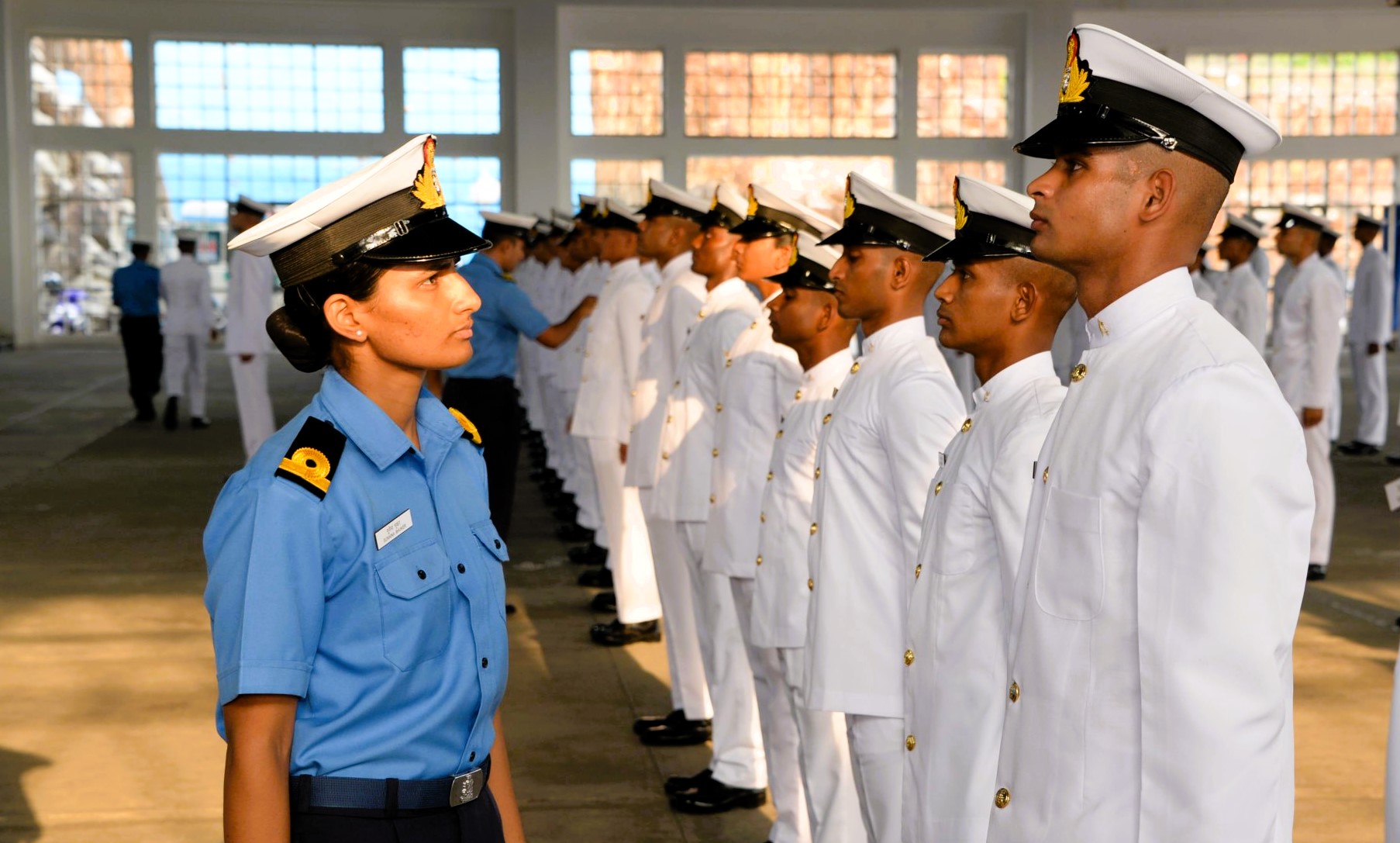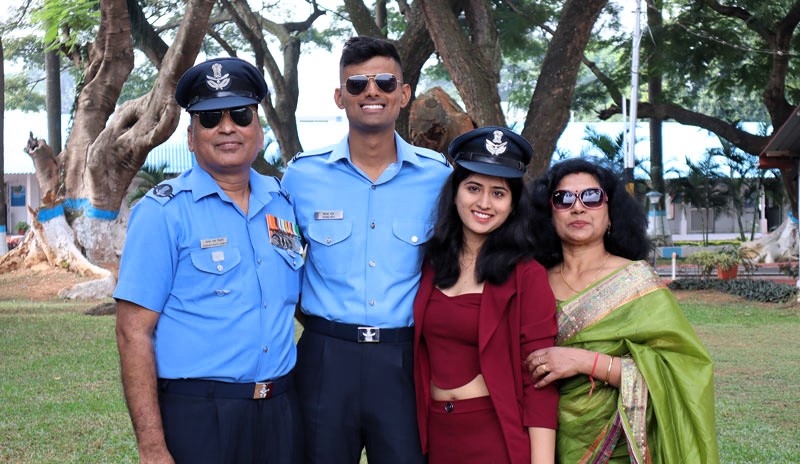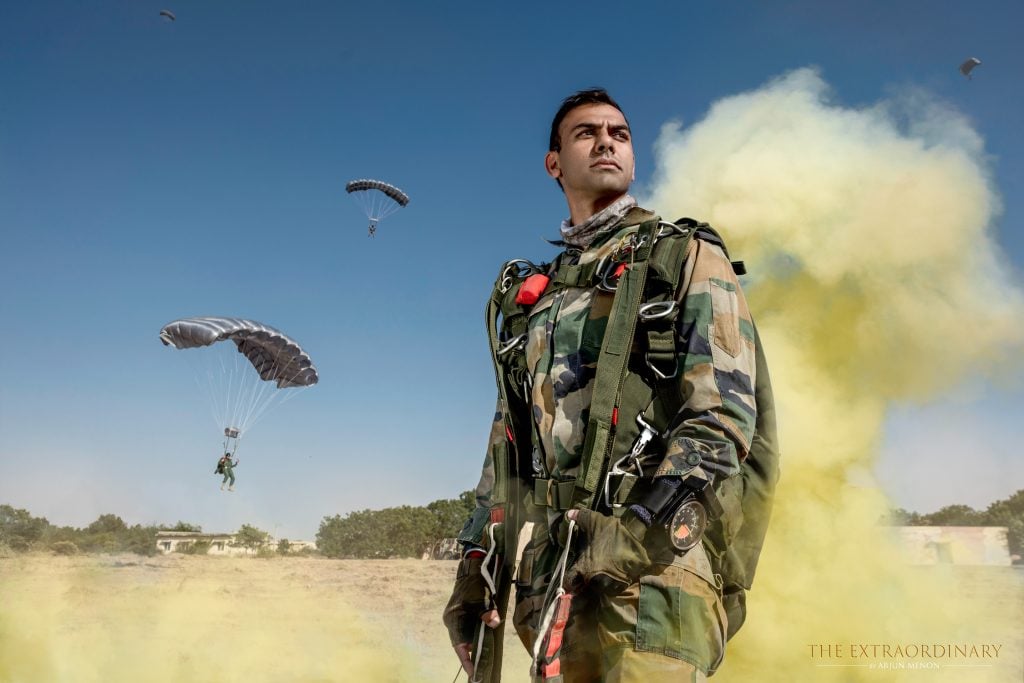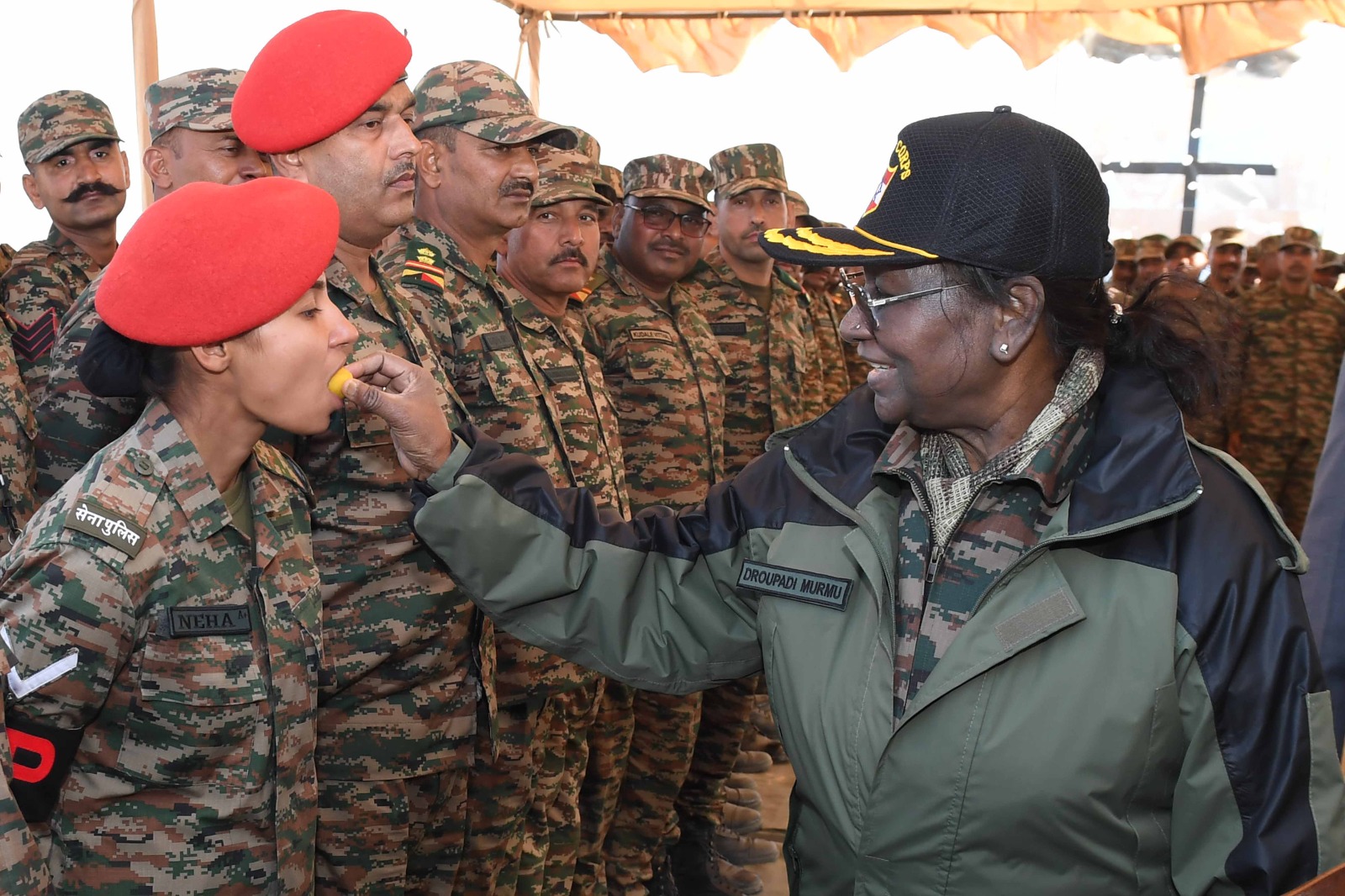Indian Navy 10+2 (B.Tech) Cadet Entry Scheme Notification 2024
The Indian Navy 10+2 (B.Tech) Cadet Entry Scheme Notification 2024 has been released, offering a prestigious opportunity for young, unmarried…
Indian Navy MARCOS Recused 21 People from Pirates
Indian Naval forces are currently engaged in a detailed search operation in the North Arabian Sea on January 6, with…
10 New Year Resolutions for Indian Defence Aspirants
As we step into a new year, countless young minds are filled with aspirations of serving in the Indian Defence…
Pay and Allowances of Indian Airforce Officer 2024
The Indian Air Force (IAF) is renowned for its prestigious, rewarding, and adventurous career opportunities. As an aspiring Indian Air…
Inspiring Story of Lt Col KS Natt Who Fought Death for 8 Years
The story of Lt Col Karanbir Singh Natt, a name synonymous with courage and resilience, is a profound testament to…
President Droupadi Murmu visited Pokhran To Motivate Soldiers
President Droupadi Murmu visited Pokhran on Saturday and interacted with troops from the Desert Corps in the Jaisalmer Sector of…






